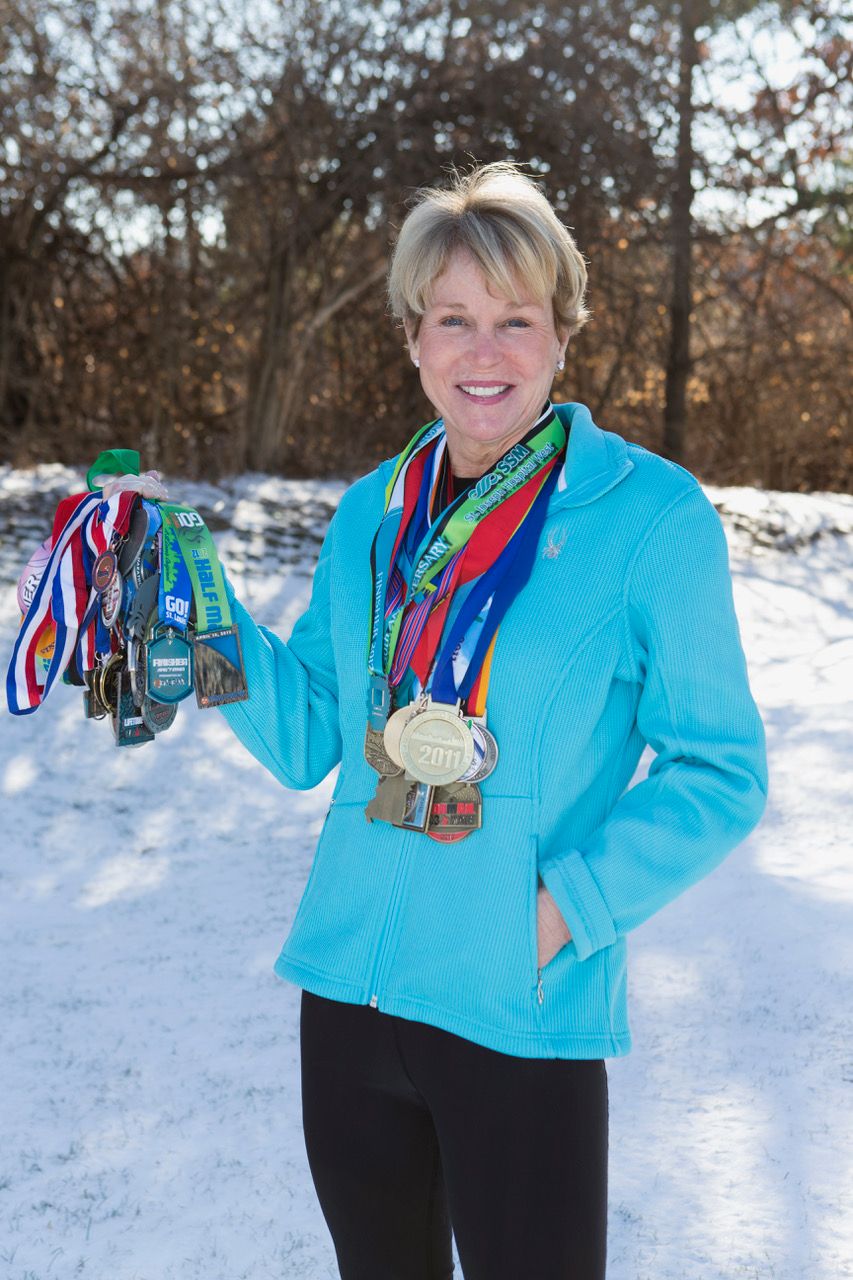Article
Blood Cancer Drug Fails to Improve Survival Rates in Patients With COVID-19, Baltimore Orioles Player Trey Mancini is Cancer Free, and More
Author(s):
From AstraZeneca announcing that it’s blood cancer drug Calquence is not effective for patients with COVID-19 to a street artist using a lab pipette to create a painting representing cancer out of 50,000 dots of paint, here’s what’s happening in the cancer landscape this week.
A street artist from London used a lab pipette to create an image representing the immune system, recreating to a tumor cell that consisted of 50,000 small dots of paint.
Based off real images of cancer research, street artist James Cochran created this painting for the Institute of Cancer Research, London, and its new building that is set to open. Cochran spent over 250 hours to create the painting as he converted the lab pipette, similar to those used in cancer research, to work for his painting. Titled Cell Defence, the image will be displayed in the finished building and is a tribute to the research happening at the institute.
“The process of slowly building up the painting dot by dot and the inspiration for the piece gave me a better understanding of the challenges involved in finishing cancer and the inventiveness needed by scientists to do that,” the artist said in a press release. “I’ve had a number of treatments for a type of skin cancer called a basal cell carcinoma and I’ve lost loved ones to the disease, so this commission was personal to me.
AstraZeneca announced that its blood cancer drug Calquence (acalabrutinib) failed to improve survival rates among patients with COVID-19.
In mid-stage trials of Calquence, the Bruton’s tyrosine kinase (BTK) inhibitor did not suppress cytokine storm, an overaction in the immune system, that physicians believe leads to severe symptoms of COVID-19. Calquence, along with other BTK inhibitors, is meant to suppress autoimmune diseases and is often used in blood cancers. In the study, the drug failed to prevent lung failure in hospitalized patients with COVID-19.
AstraZeneca called the results of the trial “disappointing.” However, the pharmaceutical company said the failure of this study did not impact the vaccine they were working on with Oxford university. Moreover, this trial will not impact any approvals for Calquence in treating patients with cancer.
Baltimore Orioles’ first basemen Trey Mancini is looking to get back on the diamond for the 2021 season after finding no indication of colon cancer.
This year, Mancini had to miss the 2020 season after he was diagnosed with stage 3 colon cancer. He had his tumor removed on March 12th, as everything shut down for COVID-19 and missed the entire season to undergo chemotherapy. Through the course of his treatment, he did an adjusted workout regimen in the hope of being ready to get back to baseball after his treatment ended. Just recently, clinicians found no tumor DNA or cancer in his body.
“There’s no reason, right now, for me to believe that if spring training started tomorrow, I wouldn’t be ready to go because I really would,” he said in an interview. “When I get there in February, I really think everybody will look at me and think that nothing happened if they didn’t know what happened.”
Colon cancer survivor participates in the Pfizer COVID-19 vaccine trial that has been found to be 90% in early trials.
Dan Stepenosky, a 52-year-old colon cancer survivor, volunteered for the vaccine trial after feeling helpless through the course of lockdown in the early months of the coronavirus spreading in America. Stepenosky, a Calabasas, CA, native, assumed he might be rejected for the trial because of his history with cancer but wasn’t, he then received the first of his two-shot regimen in August of this year.
“They give you a shot, watch you for a half-hour, then send you home with an app to check in weekly and report any symptoms,” Stepenosky said in an interview. “If you develop symptoms, they have a self-swabbing kit that they send UPS right out to pick up.” He also explained that they encourage you to go outside and not quarantine to see if the vaccine can handle exposure to the public.
At first, Stepenosky didn’t want to tell his friends and family he did this because of his history with colon cancer, but eventually he found that his daughter wanted to join the trial as well and together they got the shots. Both said they experienced headaches, chills and aches that subsided after a few days, describing them as minor inconveniences for a bigger cause.





